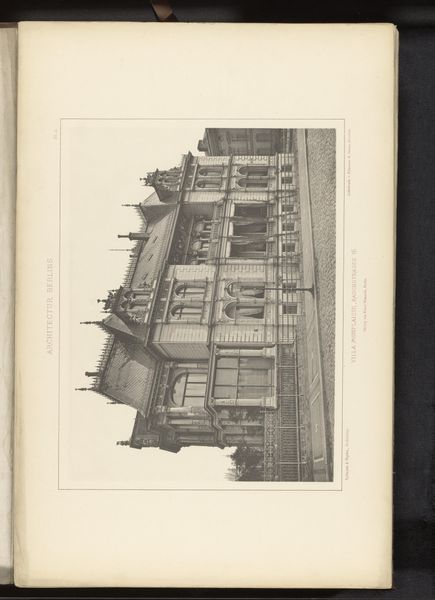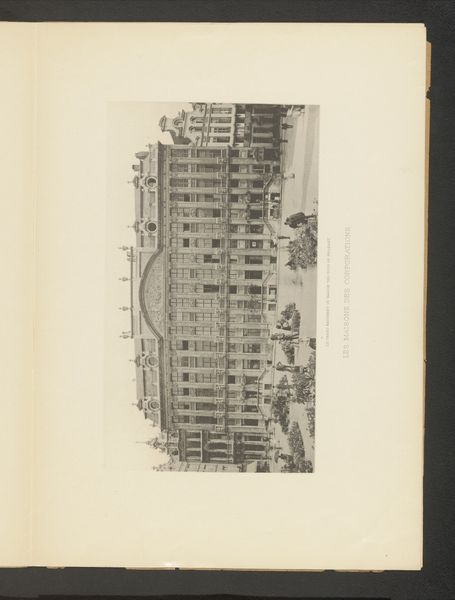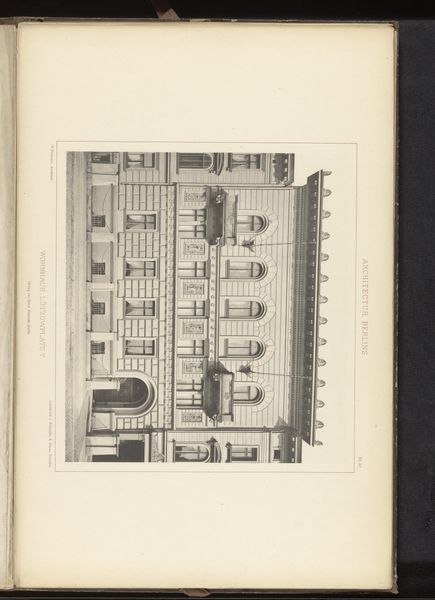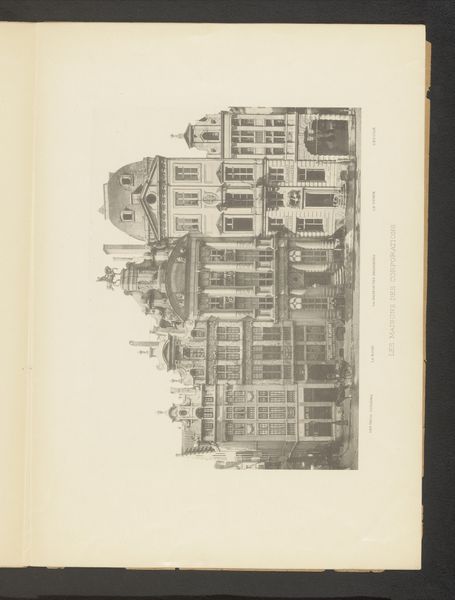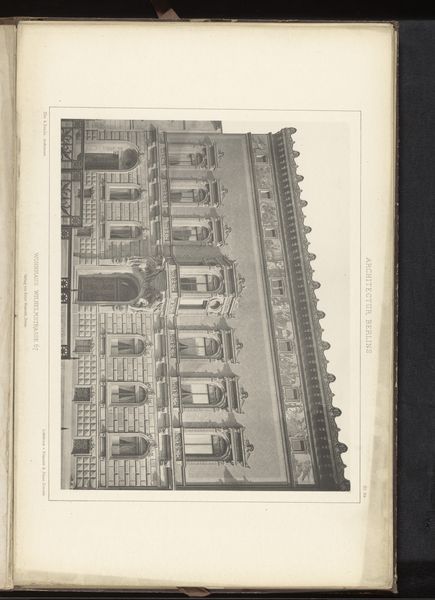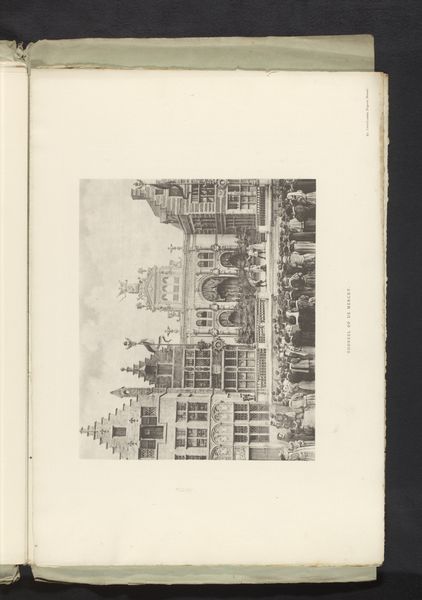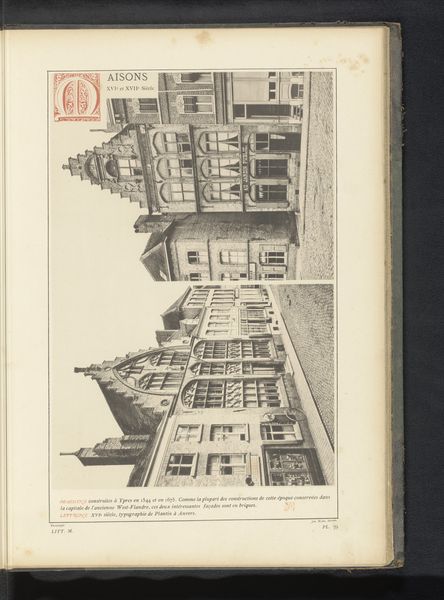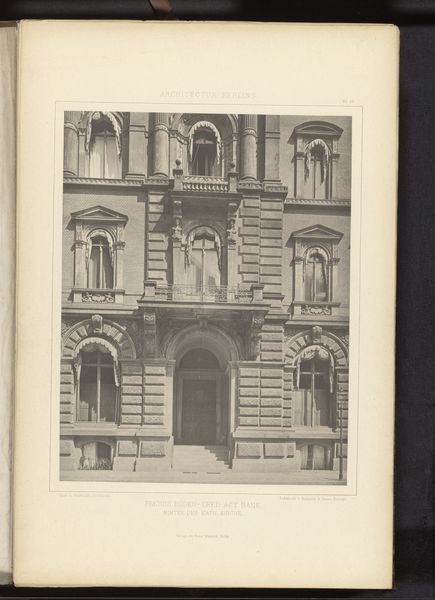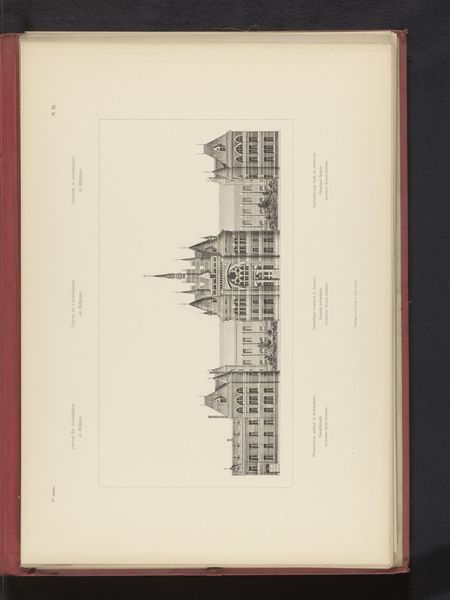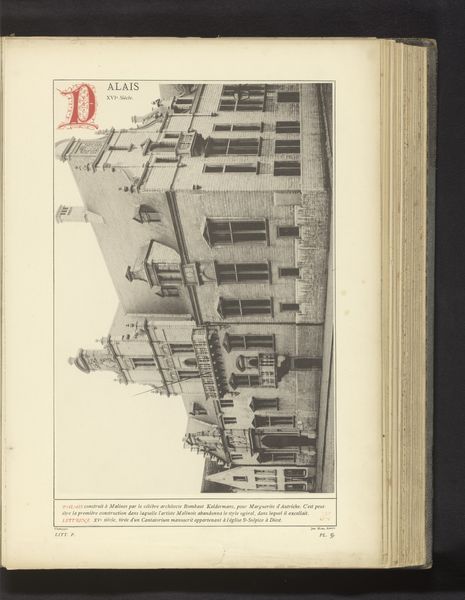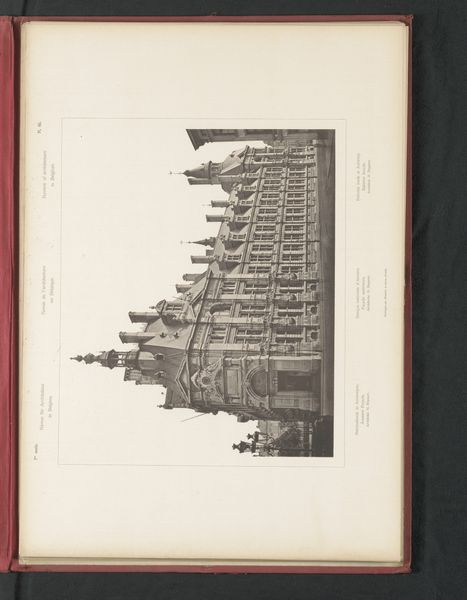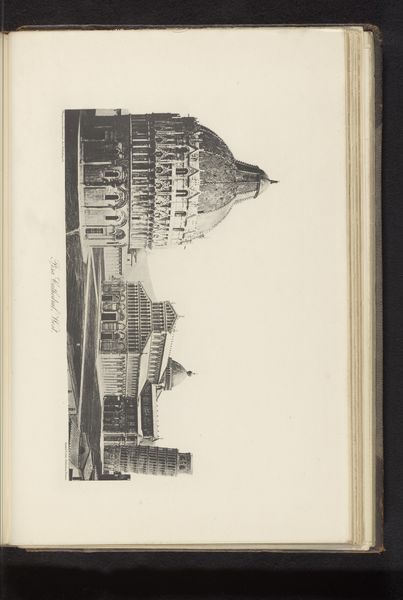
print, photography, architecture
# print
#
photography
#
cityscape
#
architecture
#
realism
Dimensions: height 195 mm, width 244 mm
Copyright: Rijks Museum: Open Domain
Editor: This photograph, taken before 1899 by an anonymous photographer, showcases the Guildhalls on the Grote Markt in Brussels. It feels like a staged documentation, a romantic vision, captured just before modernity truly took hold. What historical weight do you think this image carries? Curator: That’s a good start! Considering this image predates 1900, it’s important to ask ourselves about its function. Photography in the late 19th century was increasingly accessible, but still often tied to ideas of progress and national identity. How do you think depicting the Guildhalls—buildings representing trade and community—served broader societal purposes? Editor: Well, I suppose it presents Brussels as a city proud of its heritage and industrious past, but how does the choice to focus solely on architecture, and these guildhalls, contribute to that narrative specifically? Curator: Exactly! By focusing on these structures, the photograph participates in a discourse surrounding the ideal civic space and social order. Guildhalls historically served as centers of economic and political power. Displaying them in such a dignified manner could be interpreted as affirming their continued, though perhaps romanticized, relevance in a rapidly changing society. Who had the power to disseminate these images and how did this affect what and who was photographed? Editor: That’s fascinating! So, it’s not just a pretty picture; it's part of a bigger conversation about Brussels’s identity and power structures at the time. Considering who could have controlled imagery distribution I wonder if we're also seeing evidence of class structures in Brussels at this time as well? Curator: Precisely. These images circulated within specific circles, shaping perceptions and reinforcing certain values. We are always interrogating how power is expressed through visual imagery! It invites us to look beneath the surface. Editor: Thanks for that, it's reshaped how I see early architectural photography; I was previously seeing it at face value! Curator: My pleasure. Always consider whose voice we are hearing – or seeing – and who is missing.
Comments
No comments
Be the first to comment and join the conversation on the ultimate creative platform.

